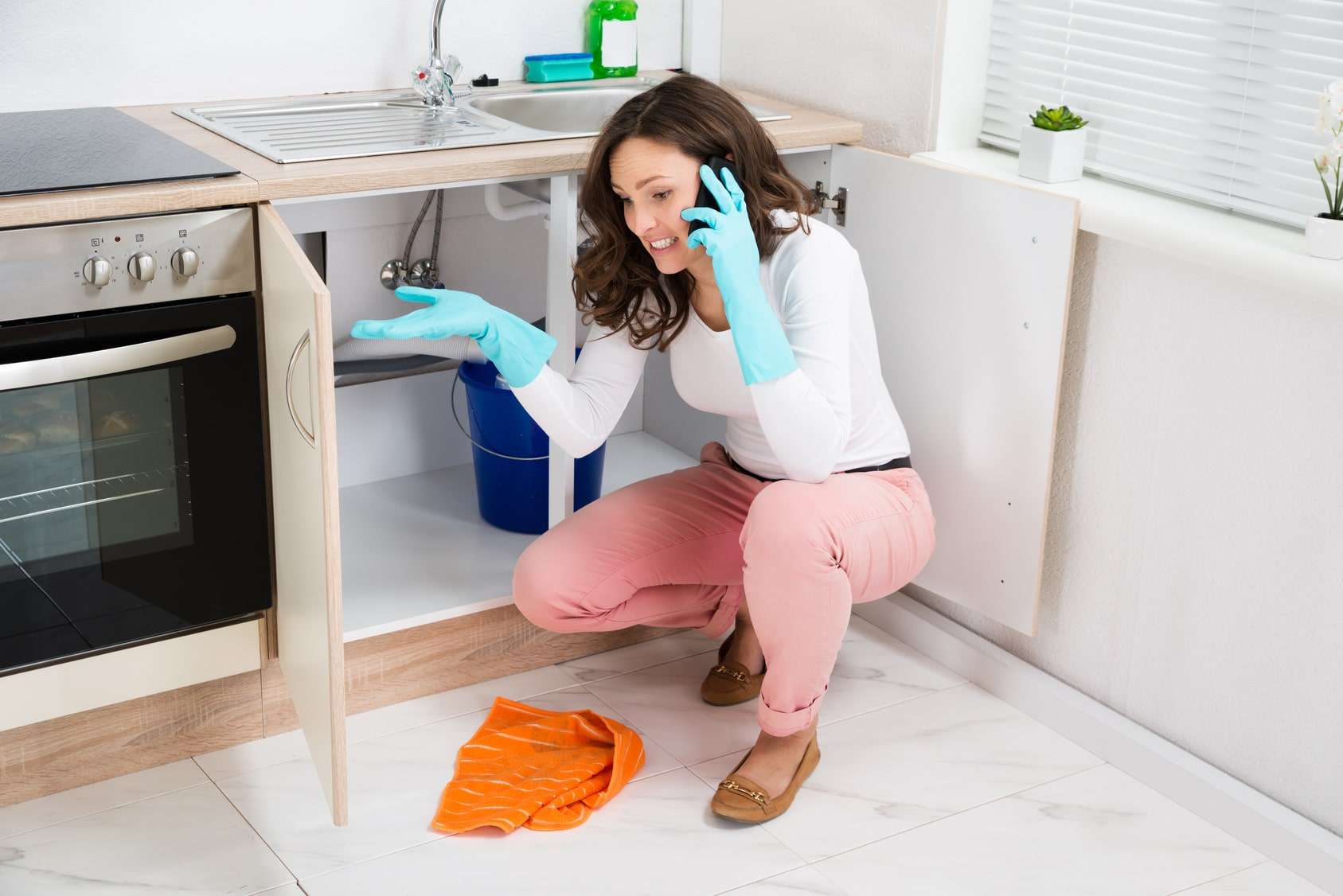Find Out the Most Frequent Causes Leading To Water Leak Issues at Your House
Find Out the Most Frequent Causes Leading To Water Leak Issues at Your House
Blog Article
We've come across this post involving Top Causes of Home Water Leaks listed below on the internet and felt it made sense to talk about it with you on this site.

Leaks not only trigger waste of water but can also create unnecessary damage to your house as well as promote unwanted natural development. Sadly, water leaks could go unnoticed since a lot of the pipework in our house is hidden. By looking as well as recognizing for daily scenarios that cause leakages, you can protect your house from future leakages and unnecessary damages. Today, we will certainly look at six leakage causes that might be creating your pipes to leak.
Encroaching roots
The majority of water leakages begin outside your home rather than inside it. If you notice an abrupt reduction in water pressure, claim in your tap, take time to head out as well as examine your lawn. You might see wet spots or sinkholes in your lawn, which may mean that tree roots are invading water lines triggering water to permeate out. You can have your plumber check for breach, particularly if you have trees or hedges near your residential property.
Rusty water supply
As time passes by, your plumbing system ages and also rust such as rust might begin eating away the pipelines. This might be the reason for staining or warping on your pipes. This calls for an evaluation with your plumber right away. If our plumbing system is old, think about changing the pipelines given that they go to a higher risk of corrosion than the newer versions.
Malfunctioning Pipe Joints
Pipeline joints can wear away over time, resulting in water leakages. If you have loud pipelines that make ticking or banging noises, especially when the warm water is transformed on, your pipeline joints are probably under a lot of pressure.
Instantaneous temperature level modifications.
Severe temperature level adjustments in our pipelines can create them to expand and contract suddenly. This growth as well as contraction might create splits in the pipelines, specifically if the temperature level are below cold.
Poor Water Connectors
At times, a leakage can be caused by loose hose pipes as well as pipes that supply your devices. Usually, moving is what creates the loose water Connections. You might locate when it comes to a washing device, a hose might spring a leakage due to drinking throughout the spin cycle. In case of a water connections leakage, you may see water running directly from the supply line or pools around your home appliances.
Clogged Drains
Clogged drains may be annoying and inconveniencing, however they can often wind up triggering an overflow bring about break pipelines. Maintain getting rid of any kind of products that might decrease your drains pipes that might clog them to avoid such hassles.
All the above are sources of leaks yet not all water leakages result from plumbing leaks; some leakages may originate from roof covering leaks. All leakages need to be fixed instantly to avoid water damages.
Leakages not only create waste of water but can also create unneeded damage to your home and also advertise unwanted organic development. By comprehending and looking for everyday scenarios that trigger leakages, you can secure your home from future leakages and unneeded damage. Today, we will certainly look at 6 leak creates that may be triggering your pipes to leak.
At times, a leakage can be caused by loosened tubes and pipes that provide your devices. In case of a water connections leakage, you might notice water running directly from the supply line or puddles around your devices.
How To Check For Water Leak In Your Home
How To Check for Leaks
The average household's leaks can account for nearly 10,000 gallons of water wasted every year and ten percent of homes have leaks that waste 90 gallons or more per day. Common types of leaks found in the home are worn toilet flappers, dripping faucets, and other leaking valves. These types of leaks are often easy to fix, requiring only a few tools and hardware that can pay for themselves in water savings. Fixing easily corrected household water leaks can save homeowners about 10 percent on their water bills.
To check for leaks in your home, you first need to determine whether you're wasting water and then identify the source of the leak. Here are some tips for finding leaks:
Take a look at your water usage during a colder month, such as January or February. If a family of four exceeds 12,000 gallons per month, there are serious leaks.
Check your water meter before and after a two-hour period when no water is being used. If the meter changes at all, you probably have a leak.
Identify toilet leaks by placing a drop of food coloring in the toilet tank. If any color shows up in the bowl after 10 minutes, you have a leak. (Be sure to flush immediately after the experiment to avoid staining the tank.)
Examine faucet gaskets and pipe fittings for any water on the outside of the pipe to check for surface leaks.
Undetected water leaks can happen without the home or business owner even realizing. If you suspect a water leak, but not able to find the source. It is time to contact a professional water leak detection service, The Leak Doctor.
How To Find a Water Leak In Your Home
https://www.leakdoctor.com/blog/How-To-Check-For-Water-Leak-In-Your-Home_AE197.html

I was guided to that editorial on Common Water Leaks In House from a friend on our other web property. Do you know about anybody else who is excited about the topic? Take a moment to promote it. I value reading our article about Most Common Causes of Leaky Pipes.
Check Us Out Report this page